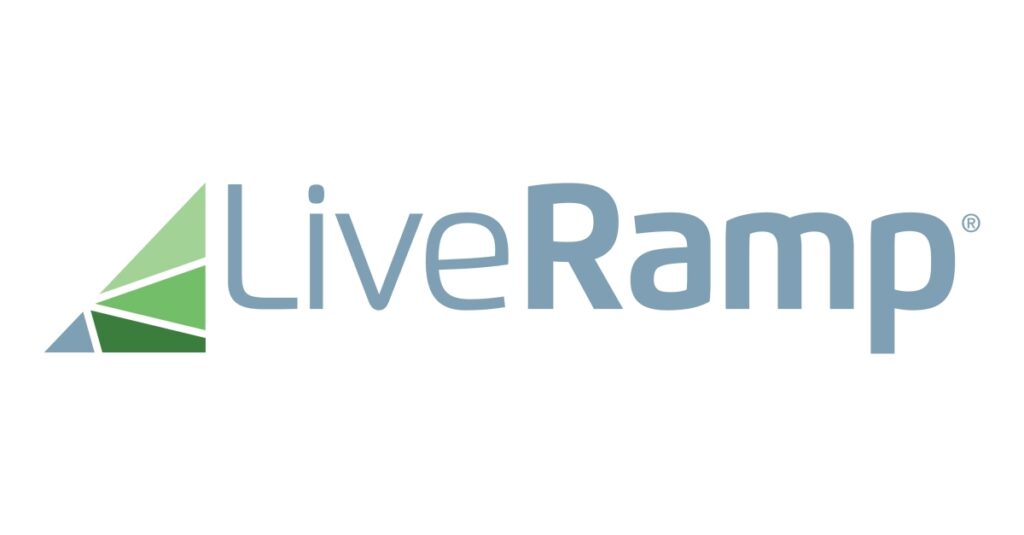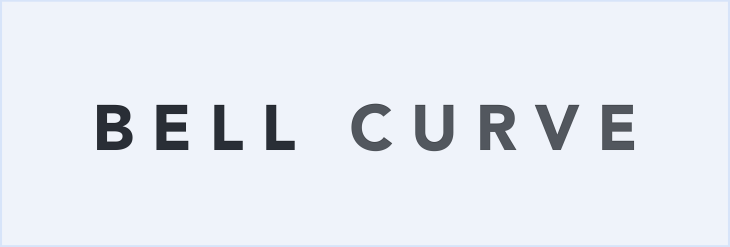LiveRamp, A Data Networking Platform For Efficient And Secure Data Utilization.
LiveRamp is a data networking platform for efficient and secure data utilization. LiveRamp allows firms and their partner organizations to better interact, regulate, and invoke data to reshape user experiences and produce more valuable business outcomes. Some of the greatest companies, agencies, and publishers in the world receive end-to-end addressability via LiveRamp’s entirely neutral and interoperable infrastructure.
About The Company
Located in San Francisco, California, LiveRamp is a SaaS company that provides a data connectivity platform. One of its services is data onboarding, which involves transferring offline information online for marketing reasons. After being established in 1969, the firm underwent a number of name changes before acquiring the LiveRamp brand from a business it had acquired. This happened after the Acxiom Marketing Services (AMS) unit of the company was spun off and transferred to the multinational ad network Interpublic Group of Companies.

History
In 1969, Charles D. Ward founded the company Demographics, Inc. in Arkansas. The business’s initial activities included processing payroll and creating mailing lists from phone books. Conway Communications Exchange became the company’s new name in 1980, and in 1983 it became a corporation under the name CCX Network, Inc. and completed its initial public offering. It took the name Acxiom Corporation in 1988. The largest business database in the world belonged to Acxiom until 2018. After the Cambridge Analytica controversy, Acxiom and the data trading sector were the subject of intense public scrutiny. New privacy regulations in California and the EU fundamentally altered the sector. In response, Acxiom sold its databases and brand for $2.3 billion, changed its name to Liveramp, and positioned itself as a standard for data interchange among global data marketplaces. In 2019, LiveRamp acquired Faktor, a developer of consent management platforms. LiveRamp paid $150 million to acquire the Boston-based TV analytics startup Data Plus Math. In 2020, the company unveiled Privacy Manager, its own platform for managing consent. Later in the year, the company introduced Safe Haven, a technology that enables media owners and advertisers to share consumer data while upholding privacy regulations.
Products
IdentityLink( now Data Marketplace) is LiveRamp’s flagship product today. It gives data owners the ability to use its algorithms to match a person’s data with hundreds of identifiers and to augment it with data from third parties. Organizations can enter the content of their CRM or POS platforms, and it will be linked utilizing AI technology with sources of data including publicly available data and ‘contextual cues’ like the weather in your present location. The procedure currently referred to as “Data Onboarding” relies heavily on browser cookies to integrate additional data. The company’s Authenticated Traffic Solutions (ATS) tool helps publishers and marketers to connect their data sources without utilizing browser cookies. The company’s Data Plus Math product helps firms, advertisers, cable operators, streaming platforms, and networks to know who is viewing their advertisements, Data Plus Math offers media measurement services.
Founder – Auren Hoffman
Auren Hoffman is the former CEO and co-founder of LiveRamp. Hoffman cofounded Rapleaf in 2006 and ran it as CEO until 2012 when he resigned to lead LiveRamp, a spinoff of Rapleaf that had been acquired by TowerData, an email marketing firm. In 2014, Acxiom acquired LiveRamp. Hoffman left the company after a year of this acquisition.
CEO – Scott Howe
Scott Howe is the CEO of LiveRamp. Howe headed Acxiom, the previous parent company of LiveRamp, from 2011 to 2018. Howe held executive positions at Microsoft and aQuantive before joining Acxiom in 2011. Scott obtained a bachelor’s degree in economics from Princeton University and an MBA degree from Harvard University.

I am a law graduate from NLU Lucknow. I have a flair for creative writing and hence in my free time work as a freelance content writer.








